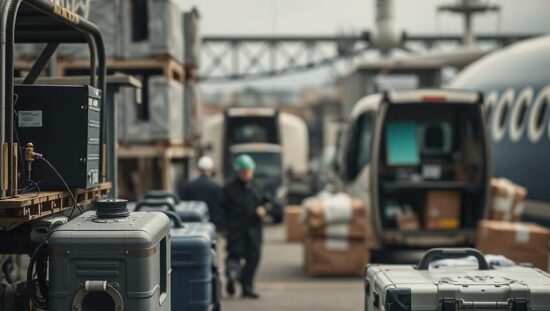Deutsche Post is accelerating its expansion of its parcel locker network, aiming to double the number of units to 30,000 by 2030. While the company has achieved considerable growth, installing up to 3,000 parcel lockers annually, challenges remain in navigating the necessary permit approval processes.
According to DHL board member Nikola Hagleitner, the construction of parcel lockers frequently faces regulatory hurdles similar to those associated with building construction. Securing required permissions isn’t consistently straightforward, hindering the potential for even faster deployment.
The parcel lockers represent a more cost-effective delivery solution for DHL compared to traditional door-to-door services, facilitating the distribution of multiple packages at a single location.
Hagleitner noted concerns from local authorities regarding the potential for Deutsche Post and DHL to gain an unfair competitive advantage. She expressed a desire for greater flexibility and speed from municipalities in approving new locker installations. To address these concerns, the company has developed an “open-access” parcel locker system, allowing for deliveries not only by Deutsche Post and DHL but also by other parcel service providers.
Consumer acceptance of both parcel lockers and expanding Postfilialen (post office locations) has been positive. Postfilialen are increasingly crucial in rural areas where traditional retail outlets have closed, ensuring continued access to postal services.
Despite the ongoing expansion of automated delivery solutions, a complete cessation of mail delivery in Germany is not anticipated. Deutsche Post currently handles around 12.5 billion mail items annually. Hagleitner emphasized the continued importance of physical mail, particularly for official documents, medical correspondence and election materials. She affirmed the company’s commitment to maintaining its existing network of 108,000 street mailboxes, regardless of mail volume.





